Prized Pinxton Porcelain
Happy New Year everyone!
A new year brings new hopes.... yet at this very moment my thoughts are with some of my dear clients who are uncomfortably close to the terrible fires raging in LA. I hope you will be among the lucky ones escaping the inferno - and I wish the best to all who are caught in it.
How do we deal with our hopes and dreams in a world that sometimes seems to be falling apart?
For me, an important way is to treasure beauty, no matter what life throws at us. The beautiful porcelain I have the privilege of handling every day is only temporary material and could be gone any moment - but it represents something that is ever-lasting: the beauty of life. Even if material beauty comes and goes, and our hopes are born and shattered, there is always some beauty somewhere, sometime, reminding us of the miracle of life.
So today, I keep going with my quest for beauty. I am showing you something that came to me very unexpected. You know I had started a series of the great English porcelain decorators, and here I am a little ahead of myself - starting the new year with too much impatience no doubt! What you see here today is an extremely rare and striking full tea service made at Pinxton, the short-lived factory that was founded by the famous William Billingsley in 1796.
Billingsley was one of the most important porcelain innovators in British history whom I will write more about in a blog in the next few weeks. He was trained and then worked at Derby before setting up his own factory. But even though he had great talent as a porcelain painter, his interest was not only in decorating, but in developing the finest porcelain ever made. It is likely that Billingsley had received a porcelain recipe from his friend and mentor Zachariah Boreman (whom I wrote about a few weeks ago) at Derby, who had knowledge of the original Chelsea recipe containing bone ash.
Billingsley succeeded in creating very fine, white bone china at Pinxton, some of the finest porcelain of its time, with a beautiful translucency often not present in other English porcelain. It was expensive to make as it had a high kiln failure rate, so there wasn't much of it coming out of the factory. Much of it was decorated with rather simple patterns, but some of it was wonderfully exuberant, and you can see Billingsley's genius in the many different ways the porcelain was decorated.
The Pinxton factory ran until 1813, although Billingsley already left in 1799 to set up a decorating establishment in Mansfield. The factory was taken over by John Cutts in 1804, however he would choose economy over quality, and the quality from the Billingsley years was lost. The short period of operation, particularly those first years of sublime porcelain, makes Pinxton porcelain very rare.
So now about this stunning tea service... As I explained, any porcelain made at the Pinxton porcelain factory is rare, but to find a complete tea service is even rarer. This service was made around the year 1800, possibly just around the time Billingsley left. It bears a hand painted monochrome orange-red pattern in the Japanese style, in what is in Asian porcelain often called the "blood and milk" colour scheme. The service consists of a teapot with cover, a sucrier with cover, a milk jug, a slop bowl, a plate, and four trios. I have two more trios available from this service, please see the separate listing for one of them - and I have another one as well, please ask me if you are interested.
Where to find things
This wonderful service is for sale now, alongside many other tea services I have. You can find all my available stock here. If you always want to see the latest additions, follow me on Instagram... I post pictures and a story several times a week.
Happy weekend everyone! 🧡🌺🧡
This week's new treasures:

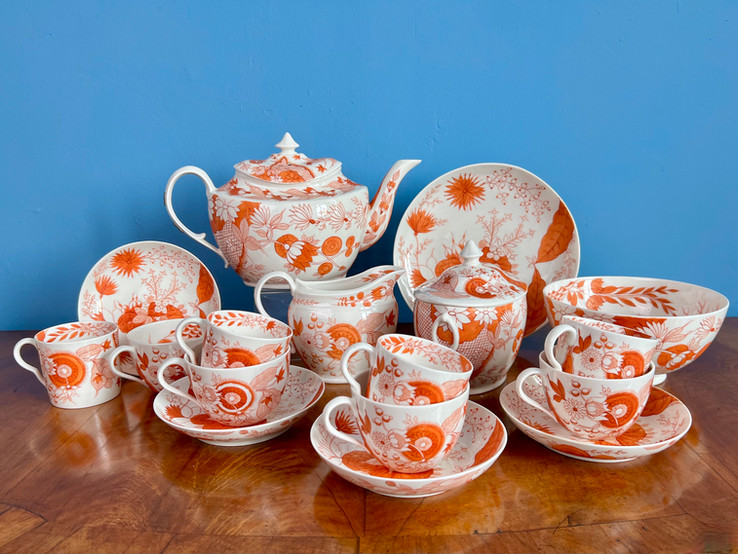
















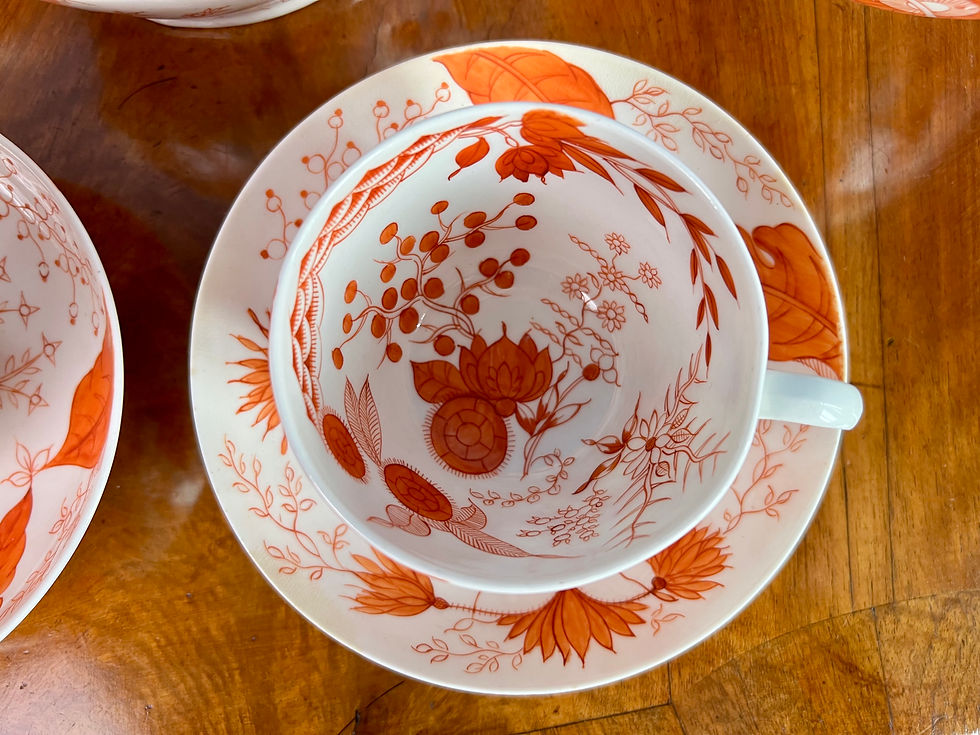








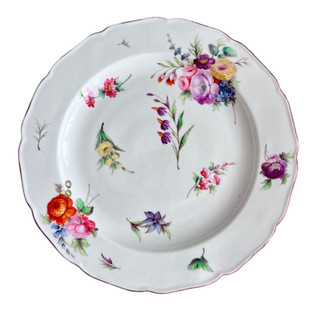



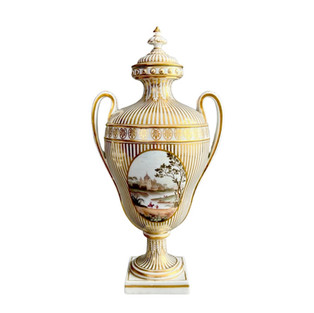

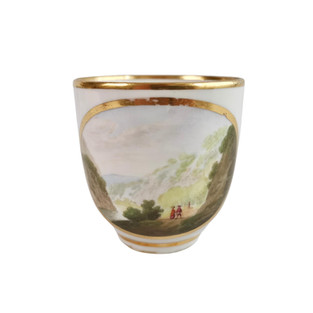





































Comments